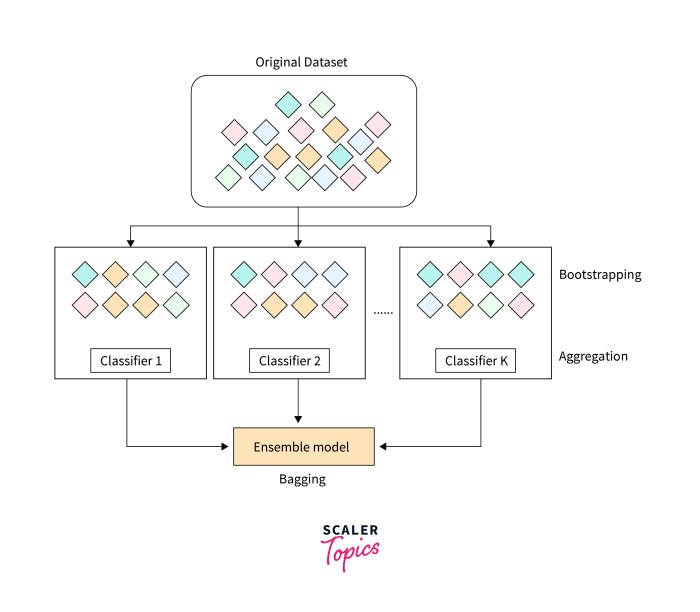Skill practiced on a manikin for short, is an indispensable tool for healthcare professionals seeking to refine their techniques and enhance patient care. By providing a realistic and controlled environment, manikins enable learners to practice essential skills without the risks associated with live patient interaction.
This comprehensive guide delves into the multifaceted world of manikin-based skill practice, exploring the types of skills that can be honed, the benefits of using manikins, and the proper techniques for maximizing their effectiveness.
Manikin Skills

Manikins are essential tools for practicing medical skills in a safe and controlled environment. They allow healthcare professionals to develop and refine their skills without putting patients at risk.
The types of skills that can be practiced on manikins include basic life support (BLS), advanced cardiac life support (ACLS), intubation, and other medical procedures.
Using manikins for skill development offers several benefits. They provide a realistic and interactive way to practice skills, allow for repeated practice without time constraints, and enable healthcare professionals to receive immediate feedback on their performance.
Manikin Types
- Full-body manikins:Simulate a complete human body, allowing for the practice of a wide range of skills, including CPR, defibrillation, and airway management.
- Task trainers:Designed to focus on specific skills, such as intubation, IV insertion, or wound care.
- Virtual reality (VR) manikins:Utilize VR technology to create immersive and realistic training experiences.
When selecting a manikin, factors to consider include the specific skills to be practiced, the level of realism required, and the budget available.
Skill Practice Techniques
Proper techniques for practicing skills on manikins involve using the correct grip, positioning, and force. Step-by-step instructions should be followed for each skill, ensuring accuracy and safety.
Manikins can be used to simulate real-world scenarios, such as patient assessment, emergency response, and trauma management.
Skill Assessment
Skills practiced on manikins can be assessed using various methods, including observation, checklists, and objective structured clinical examinations (OSCEs).
Criteria used to evaluate skill performance include accuracy, efficiency, and adherence to protocols.
Assessment tools and techniques include simulation scenarios, standardized patients, and electronic performance evaluation systems.
Manikin Maintenance, Skill practiced on a manikin for short
Proper care and maintenance of manikins ensure their optimal performance and longevity.
Procedures include cleaning, disinfecting, and replacing parts as needed.
Troubleshooting common manikin issues, such as leaks or malfunctions, is essential for maintaining their functionality.
FAQs: Skill Practiced On A Manikin For Short
What are the benefits of using manikins for skill practice?
Manikins provide a safe and controlled environment for practicing skills without the risks associated with live patient interaction. They allow learners to repeat procedures multiple times, enhancing their proficiency and confidence.
What types of skills can be practiced on manikins?
A wide range of skills can be practiced on manikins, including basic life support, advanced cardiac life support, wound care, and surgical techniques. Manikins can simulate various patient conditions and scenarios, allowing learners to practice in a realistic setting.
How do I choose the right manikin for my training needs?
When selecting a manikin, consider the specific skills you need to practice, the level of realism required, and the budget available. Different manikins offer varying levels of functionality and features, so it’s important to choose one that meets your training objectives.


